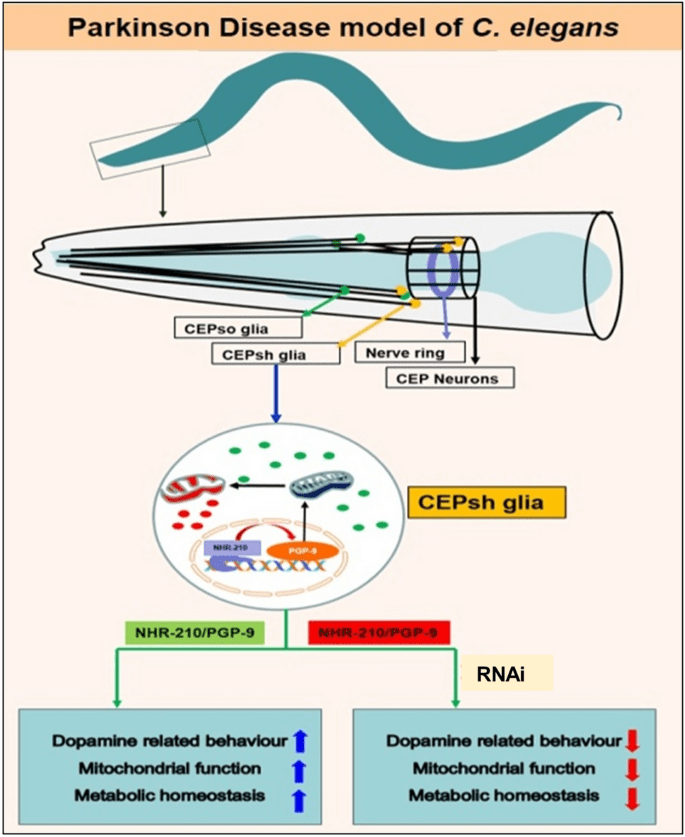A Comprehensive Overview of Parkinson’s Disease

Introduction
Parkinson’s disease is a progressive neurodegenerative disorder that affects millions of people globally. Characterised by motor symptoms like tremors, stiffness, and balance difficulties, it also often leads to non-motor symptoms, including depression and sleep disturbances. Its impact on daily life and the growing prevalence makes it essential for society to understand this condition.
Current Statistics and Research
According to the Parkinson’s Foundation, approximately 145,000 people are living with Parkinson’s disease in the UK alone, with about 10 million affected worldwide. The condition primarily affects those aged 60 and older, but early-onset Parkinson’s can occur in younger individuals, often before the age of 50. Recent studies have suggested a potential genetic predisposition, with mutations in specific genes linked to the disease. Furthermore, environmental factors and exposure to certain toxins have been implicated in increasing risk.
Advancements in Treatment
While there is no cure for Parkinson’s disease, treatment options have advanced significantly. Currently, the primary treatment is medication, notably Levodopa, which compensates for the lack of dopamine in the brain. Besides medication, therapies such as physical, occupational, and speech therapy are critical components of managing the disease. Recently, research into deep brain stimulation (DBS) has shown promise; DBS can significantly improve quality of life for some patients by targeting specific brain areas to alleviate symptoms.
Awareness and Advocacy
In recent years, there has been a heightened effort to raise awareness about Parkinson’s disease, including initiatives like Parkinson’s Awareness Month in April. Numerous organisations, including the Parkinson’s UK charity, work tirelessly to support patients and their families, providing valuable resources and information. These efforts are essential not only for promoting understanding but also for fundraising aimed at research and better treatment options.
Conclusion
With Parkinson’s disease affecting an ever-increasing number of individuals each year, advancing our understanding of its causes, symptoms, and treatments is crucial. The future of Parkinson’s research is promising, with scientists striving towards finding better interventions and ultimately a cure. For individuals affected by the disease, early diagnosis and proactive management can lead to improved outcomes and enriched quality of life, highlighting the significance of awareness, advocacy, and research in navigating this complex condition.
